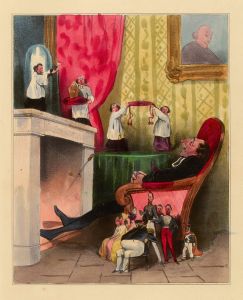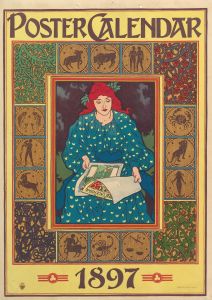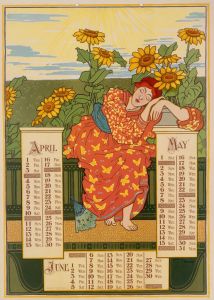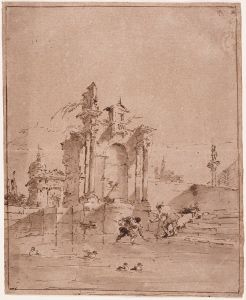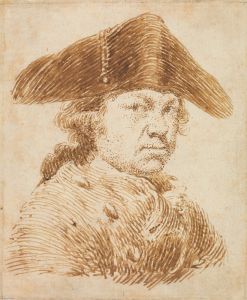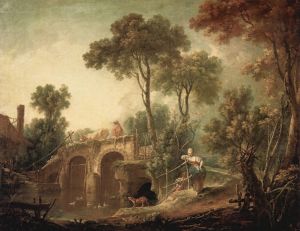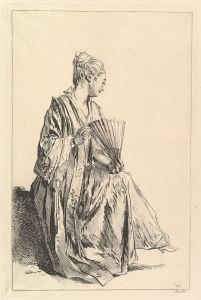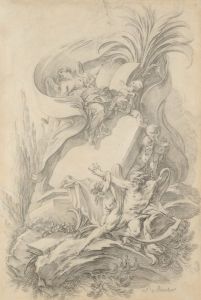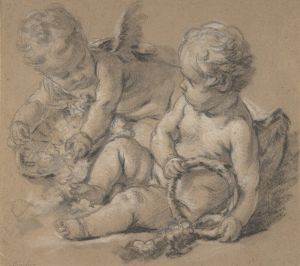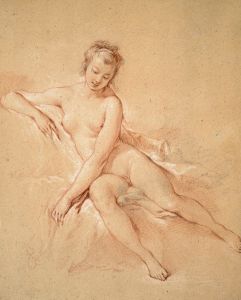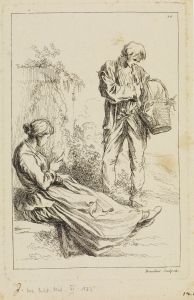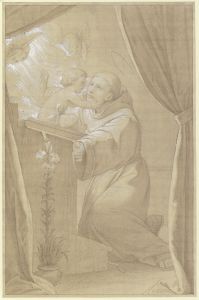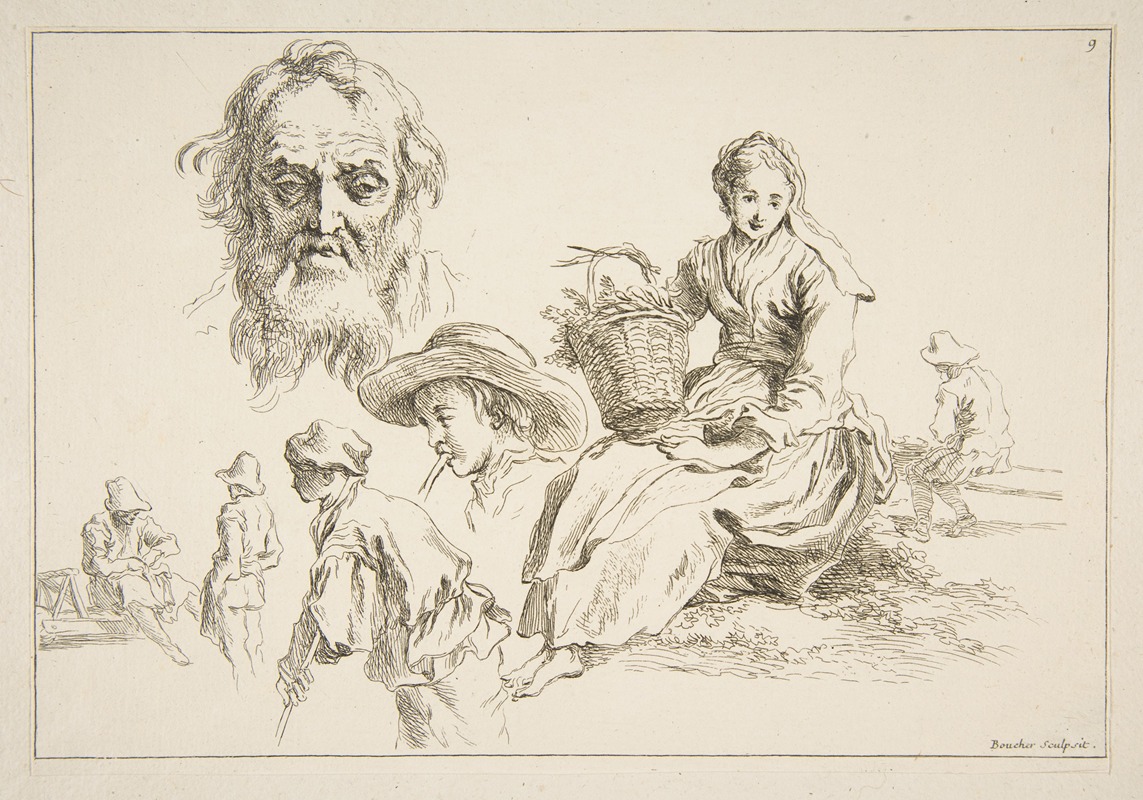
Livre d’étude d’après les desseins originaux de Blomart Pl.09
A hand-painted replica of François Boucher’s masterpiece Livre d’étude d’après les desseins originaux de Blomart Pl.09, meticulously crafted by professional artists to capture the true essence of the original. Each piece is created with museum-quality canvas and rare mineral pigments, carefully painted by experienced artists with delicate brushstrokes and rich, layered colors to perfectly recreate the texture of the original artwork. Unlike machine-printed reproductions, this hand-painted version brings the painting to life, infused with the artist’s emotions and skill in every stroke. Whether for personal collection or home decoration, it instantly elevates the artistic atmosphere of any space.
François Boucher (1703–1770) was a prominent French painter, draughtsman, and etcher, known for his Rococo style, which was characterized by playful and light-hearted themes, delicate colors, and intricate details. One of his works, "Livre d’étude d’après les desseins originaux de Blomart Pl.09," is an example of his skill in drawing and etching.
The title "Livre d’étude d’après les desseins originaux de Blomart" translates to "Study Book after the Original Designs of Blomart." This suggests that the work is part of a series or collection of studies based on the designs of a previous artist, likely Abraham Bloemaert (1566–1651), a Dutch painter and printmaker known for his contributions to the Dutch Golden Age of painting. Bloemaert's work often included religious and mythological themes, and he was a significant influence on later artists.
Plate 09 of this study book by Boucher would be one of the individual illustrations or studies within the collection. Boucher's adaptation of Bloemaert's designs would have involved reinterpreting the original works through his own Rococo lens, possibly adding his characteristic elegance and charm to the compositions.
François Boucher's career was marked by his association with the French court, particularly under the patronage of Madame de Pompadour, the official chief mistress of King Louis XV. Boucher's works often depicted idyllic pastoral scenes, mythological subjects, and sensuous nudes, which were highly favored by the Rococo taste of the time.
In addition to his paintings, Boucher was also a prolific printmaker. His etchings and engravings helped disseminate his style and themes to a broader audience. The "Livre d’étude" would have served as a valuable resource for artists and students, providing them with examples of Boucher's interpretations of classical themes and compositions.
Boucher's influence extended beyond his lifetime, as his works continued to be admired and studied by subsequent generations of artists. His ability to blend classical themes with the lightness and elegance of the Rococo style made his works distinctive and enduring.
While specific details about "Livre d’étude d’après les desseins originaux de Blomart Pl.09" are limited, it is clear that this work is part of Boucher's broader efforts to engage with and reinterpret the classical tradition through his unique artistic vision. The study book format indicates its educational purpose, likely intended to inspire and instruct other artists in the techniques and styles that Boucher himself mastered.
In summary, "Livre d’étude d’après les desseins originaux de Blomart Pl.09" by François Boucher represents a confluence of classical inspiration and Rococo artistry, reflecting Boucher's role as both an innovator and a preserver of artistic traditions.





